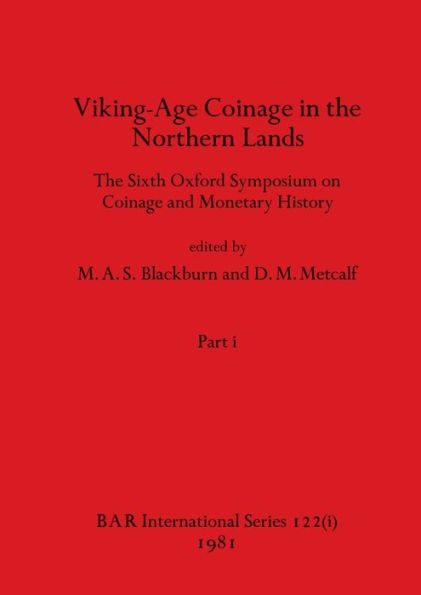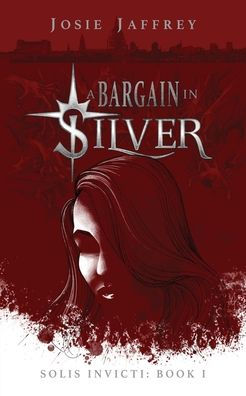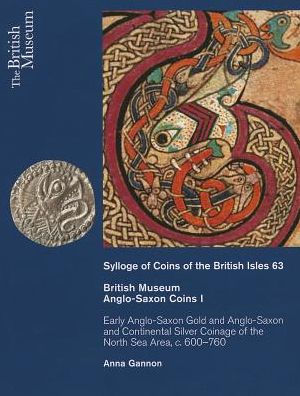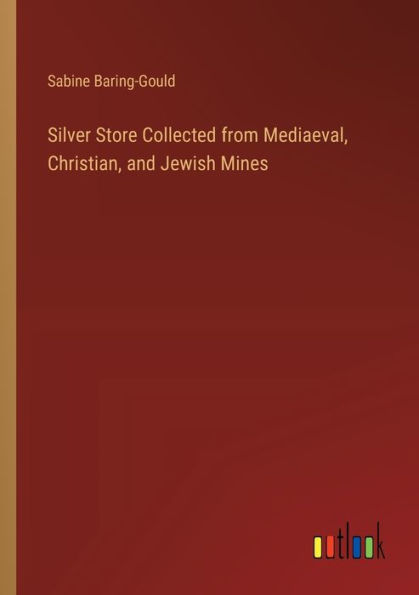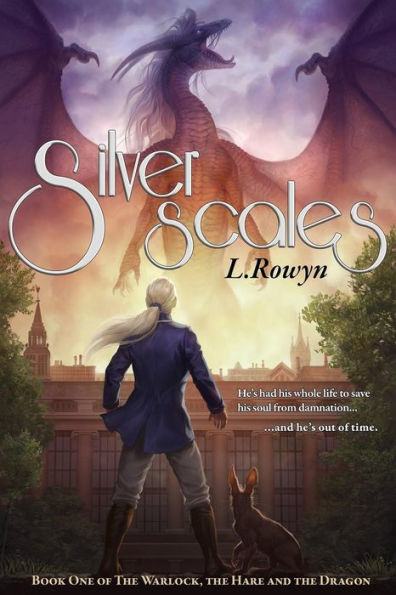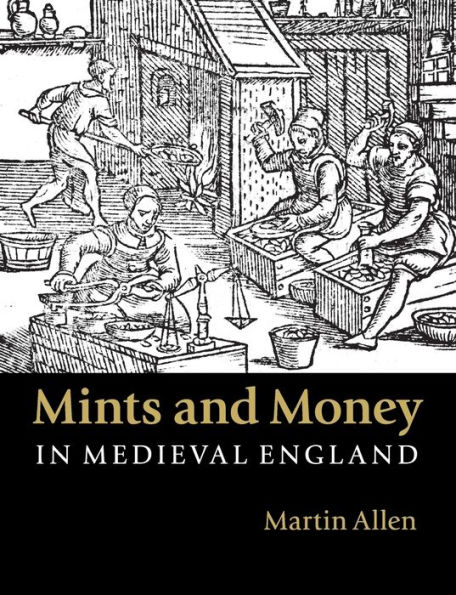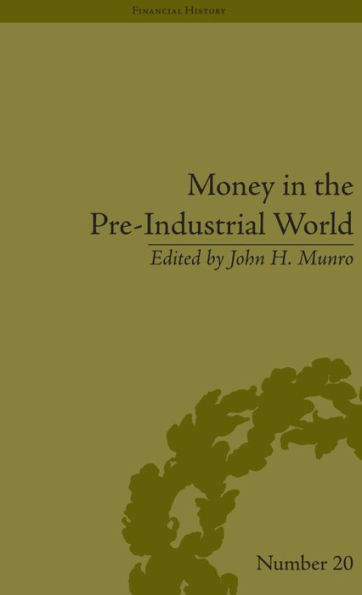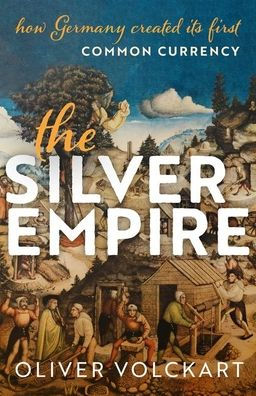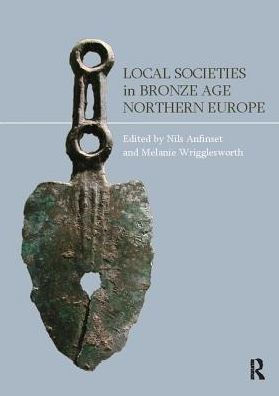Home
Means of Exchange: Dealing with Silver in the Viking Age
Barnes and Noble
Means of Exchange: Dealing with Silver in the Viking Age
Current price: $70.00
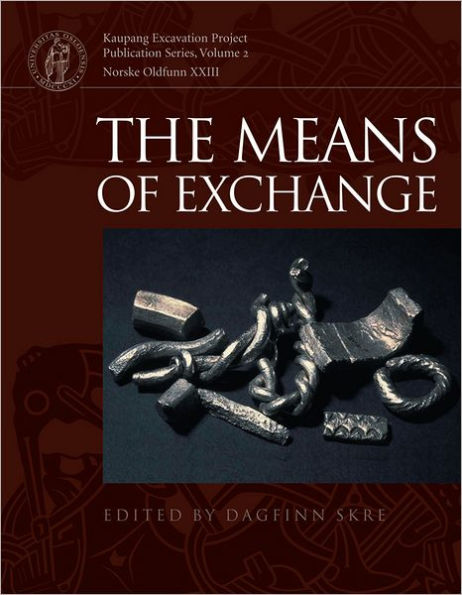

Barnes and Noble
Means of Exchange: Dealing with Silver in the Viking Age
Current price: $70.00
Size: OS
Loading Inventory...
*Product information may vary - to confirm product availability, pricing, shipping and return information please contact Barnes and Noble
This second volume, based on the excavations of the Viking town Kaupang 2000-2003, presents find types used in economic transactions - coins, hacksilver, ingots, weights and balances. Changes in type and volume of economic transactions at Kaupang and in Scandinavia are discussed, and the economic mentality of Viking crafts- and tradesmen is explored. Earlier, the study of Viking silver currency was based mainly on hoards containing coins and hacksilver. In this volume, the combined study of the find types mentioned, as well as the sophisticated chronology of settlements finds from sites like Kaupang, gives a completely new insight into economy and exchange. In the early 9th century, silver and goods seem to have come to Kaupang mainly from the Carolingian world. Silver, weighed with locally produced lead weights, was used as currency on a limited scale. The old e unit was easily convertible to Carolingian units. After the mid-9th century this early system was altered. The increased availability of silver caused by the import of Islamic coins, as well as the introduction in most of Scandinavia in the 860s/870s of standardized weights of probable Islamic origin, paved the way from then on for an increasing use of silver as payment. These studies demonstrate that sites like Kaupang led the way in economic development in Scandinavia. The urban environment promoted an economic mentality which contributed significantly to the fundamental transformation of Scandinavian culture and society, which culminated in the region's integration in Christian Europe in the High Middle Ages.
